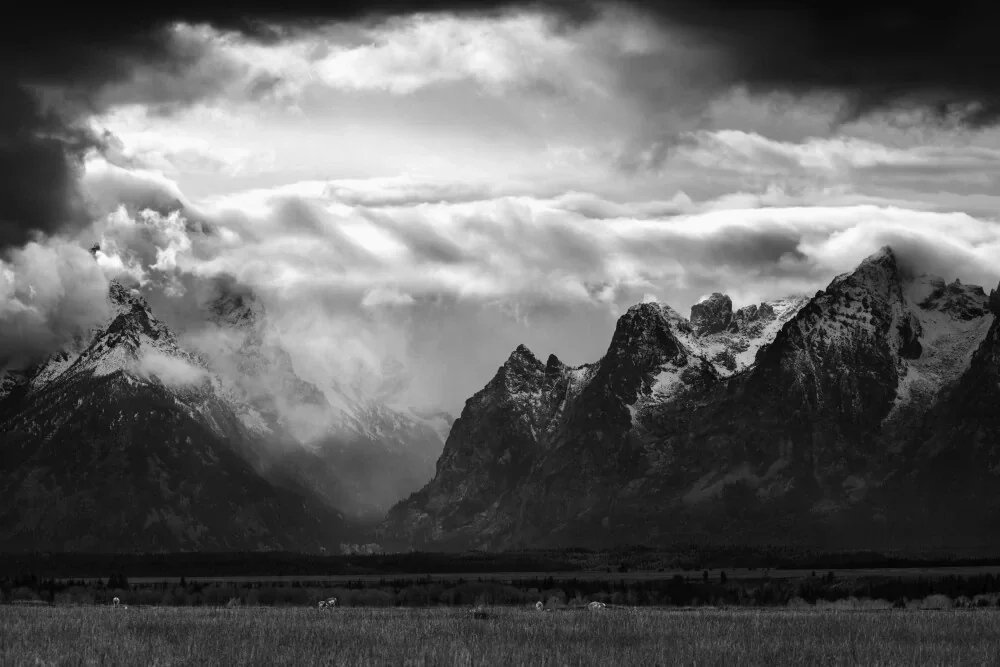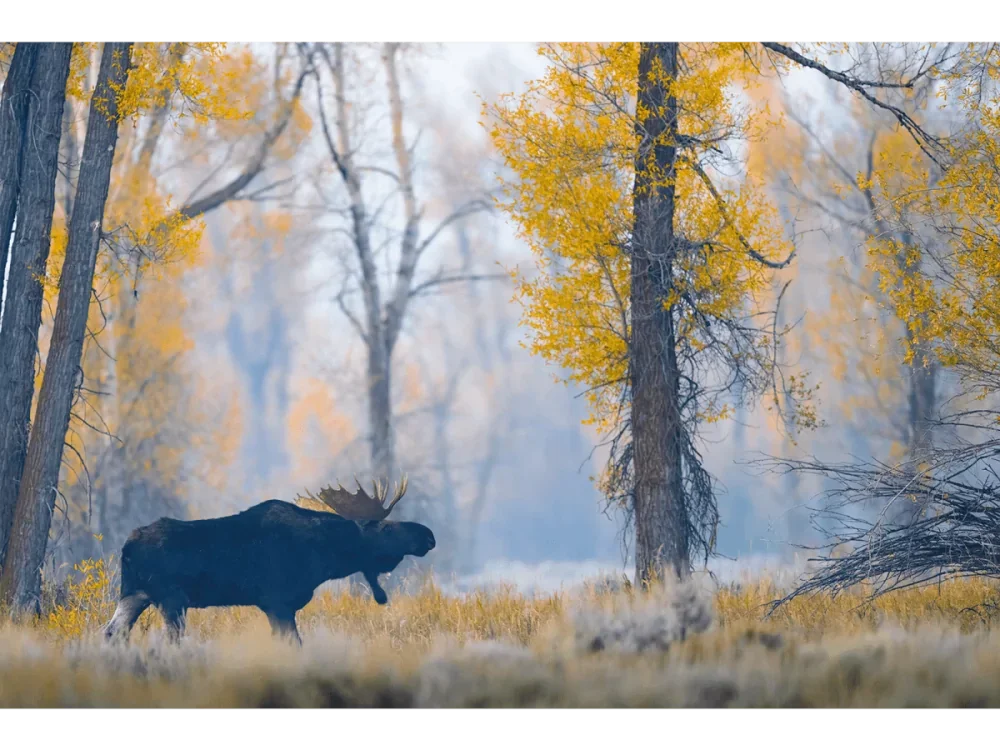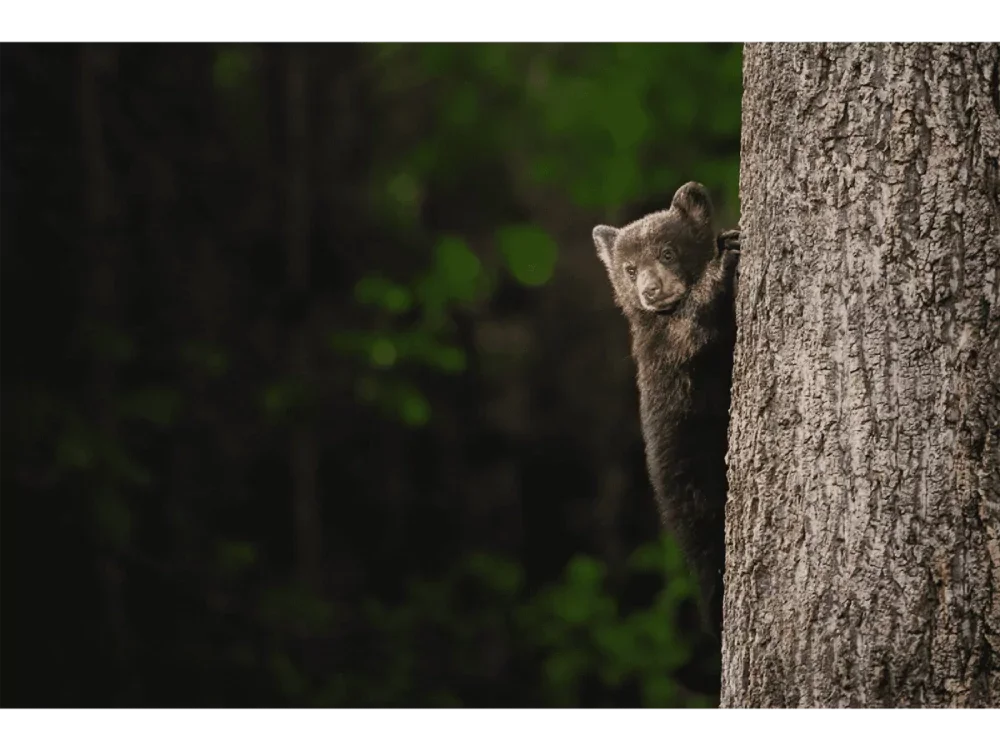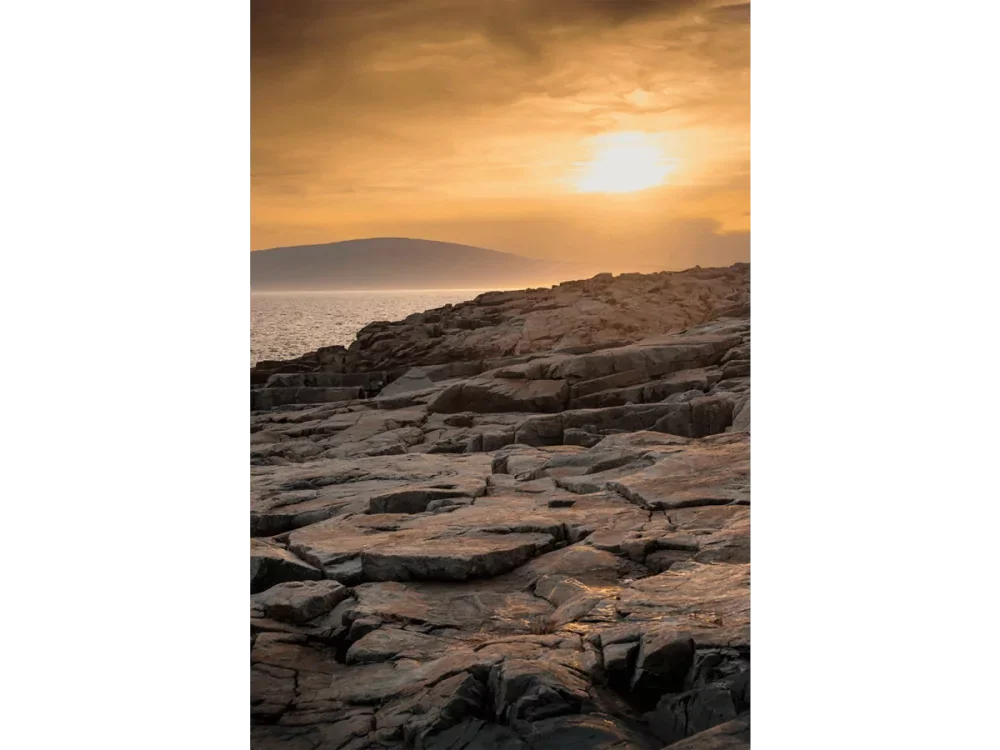Black Bears of Alligator River
About Alligator River National Wildlife Refuge
Alligator River National Wildlife Refuge in North Carolina contains highest concentration of black bears in the eastern United States and arguably some of the largest. I first heard of this place last March from an Instagram follower while I was photographing bears in Smoky Mountain National Park. He basically said “less people, more bears”. That was all I needed to hear so we did some research and planned a scouting trip in October of 2022.
Established in 1984 to preserve the rare pocosin wetland and associated wildlife, Alligator River National Wildlife Refuge is located near coastal North Carolina. In fact, many people have probably driven through it on their way to Nags Head in the Outer Banks and not even realized it.
“Pocosin” is a native Algonquian word meaning "swamp-on-a-hill” and is a fitting description. The refuge itself contains a series of swamp lands and crop fields which are managed by local farmers in collaboration with the refuge. The refuge is accessible via well maintained gravel roads which make up the wildlife drive. For those a bit more adventurous with a 4 wheel drive vehicle, you can access many of the side roads. The side roads are not maintain and can be quite rutted so use caution, but the rewards can be well worth it. It was on one of these side roads that we saw the critically endangered Red Wolf.
Overview of the Black Bear population at the refuge
The main draw for me was to be able to get up close, observe and photograph the American Black Bear. They are a favorite subject of mine and we were not disappointed. We spent 5 days in the refuge, mainly early mornings and late evenings and saw multiple bears each day we were there. Alligator River contains the highest density of black bears in the United States as well as the largest. It’s not uncommon to see a 700 or 800 pound bear at the refuge. The bears emerge from the pocosin in the mornings and enter the fields where they search for food. Staying along the wildlife drive, particularly early in the morning seemed to be our best bet for seeing them, however we saw them all over the refuge.
A large boar black bear.
This was easily the largest bear we saw and he was clearly the alpha of the area we were in. Black bears do a funny “cowboy walk” to assert their dominance and we saw him do that several times. We named him “Lord Chunkington” and I would guess he was 600-700lbs or more!
Don’t worry, this photo was taken with a 500mm lens and is still cropped. We were safely more than 250 feet away with water in between us and the boar.
Behaviors and Habits of Black Bears
The behaviors of the bears in the refuge were fascinating. The alpha male (above) was not shy about showing himself or being out in the open and walking a well established path to his favorite feeding areas. We saw him daily in the same fields foraging for food and he clearly ruled the refuge without fear of other bears. The other bears were far more shy and would often pop their heads above the fields to scout out the surrounding area before dipping back down to feed. It was amazing to watch this behavior in some of the larger fields where you could see up to 6-8 bears in the evening popping up to look around then go back down, like a game of ‘whac-a-mole’.
Bear Behavior - Whac-a-Mole
Smaller bear popping out of the fields to survey the surrounding area. This happened several times during the morning and evenings and is awesome to watch.
I think Alligator River National Wildlife Refuge is the best places i’ve ever gone to photograph and witness American Black Bears and easily the best place on the east coast of the United States to see bears. I do worry a little about the potential for these bears to become habituated to humans and cars as more people come here and it’s important as observers that we not enable these behaviors. The refuge is worth a visit just for the bears alone and if you’ve never seen one in person I would recommend this be the place to do that, provided you do so responsibly.
How to stay safe around Black Bears
It would be a bit irresponsible not to mention something about bears and safety. I live in the Georgia mountains and we see bears with some frequency around our house. I’m fairly comfortable around them, but they are wild animals and can be dangerous if they become used to humans and learn to associate us with food sources. In the resources below i’ve included a link to Bearwise.org. It’s a great resource for learning about black bears and safety and I often point friends and family who are fearful of bears to the site. In general I try to do the following when photographing them:
Keep a safe distance. 150 feet is the minimum to ensure they don’t feel crowded. I shoot with a 500mm lens and often crop photos.
Never block a bears path when it’s walking and don’t approach them ever.
Seems obvious, but don’t taunt or try to distract them. I can’t tell you the number of photographers I see trying to get their attention by stomping on the ground or making noises. Be ethical, and just let them go about doing bear things.
Don’t feed or even keep food on you while observing.
Dogs and bears don’t mix…leave the dogs at home.
Critically Endangered Red Wolf
I love a good wildlife conservation success story. Earlier in the year I was able to photograph some California Condors at Navajo Bridge in Arizona. It was incredibly thrilling and while still very endangered we are having some success in saving them. I’m now able to go to Pennsylvania (where I grew up) and easily find many Bald Eagles. When I was a child in the 80’s, we never saw a single Bald Eagle, ever. The point is we wouldn’t have these amazing animals today if not for the efforts of conversation organizations.
When I first read about Alligator River during my research I learned about Red Wolves and the efforts to reintroduce them to the wild. Red wolves once roamed most of the east coast of the US and were the apex predator. By 1980, they were pretty much extinct in the wild, mainly due to habitat loss and a backward government sponsored extermination programs in the early 1900’s. In the 1970’s, the Fish and Wildlife Service captured the remaining 14 wild wolves and began a captive breeding program with the aim of reintroducing them to the wild.
Red Wolves Hard Return
Today there are wild Red Wolves roaming in Eastern North Carolina, the first successful program to reintroduce an extinct species back in the wild. While there’s reason to be excited by that, the reality is that these animals are barely clinging to life. I recently read there are less than 30 in the wild after numbering over 100 at one point in the early 2000’s. Wolves have been killed by hunters and farmers mistaking them for coyotes. Vehicle strikes on the nearby highway also account for losses as well. Lastly, there has also been some evidence of malicious attacks outside of hunting season with dead wolves being found with tampered tracking collars. It’s important to raise awareness of these issues and organizations like the Red Wolf Coalition (link below) are working hard to connect people with the plight of these amazing animals.
On a personal note, I hoped to be able to see one, but did not expect to given their diminished numbers. On our second to last day on the refuge, as we were preparing to leave and head to our rental around 9am, we happened to see a bear in a nearby field running. When we looked closer we saw, several hundred yards away from the bear, a young red wolf (we believe it was one of the pups born this year) closely watching the bear and eventually running away. The wolf stopped and looked back at us and I was able to capture this shot. It’s heavily cropped as the wolf was several hundred feet away; but this was a highlight of the trip for me and a blessing to be able witness this animal with my own eyes.
Other Wildlife at Alligator River - A Birder’s Dream!
One of the main reason we went to Alligator River was to scout out the location for winter time. I had learned the Tundra Swans, Snow Geese and other waterfowl spend their winters around the area in very large numbers and we are planning on spending the week between Christmas and New Years there this year. What was really amazing was the diversity of bird life in the area. We say huge numbers of hawks and raptors, from the beautiful American Kestrel to Peregrin Falcons and Northern Harriers. We also saw a large number of Kingfishers, which have been on my photography list for a long time.
Besides birds, the refuge also has a large population of river otters and as you’d expect alligators. While we actually didn’t see any alligators, we did see three river otters frolicking in the grasses near one of the canals.
Bird photograph wasn’t my main focus during our time here, we were busy looking for bears; but it was hard not snapping a few shots of things I don’t see often in the GA mountains.
Conclusion & Resources
As you can probably tell by the tone of this post, I thoroughly loved my time at Alligator River. So much so, that we’re spending our Christmas break in the area to explore the other wildlife refuges in the area. Even if you’re not a nature enthusiast or wildlife photographer, I would highly recommend this place to anyone who has ever wanted to see a bear in person provided they’re willing to do that in an ethical and responsible manner. It’s an experience you won’t ever forget.
Below are some resources I referenced in the post.
Alligator River Address: Miltail Rd, East Lake, NC 27953
Links
Learn more about Alligator River on their FWS site - Alligator River NWR
FWS map of the refuge with markings for the wildlife drive and directions - Refuge Map PDF
Great resource to learn about black bears and safety - BearWise.org
Information on Red Wolf Conservation - Red Wolf Coalition
NWF Red Wolf Page - Red Wolves
Bird Species at Alligator River NWR - eBird - Alligator River
Latest Releases
















